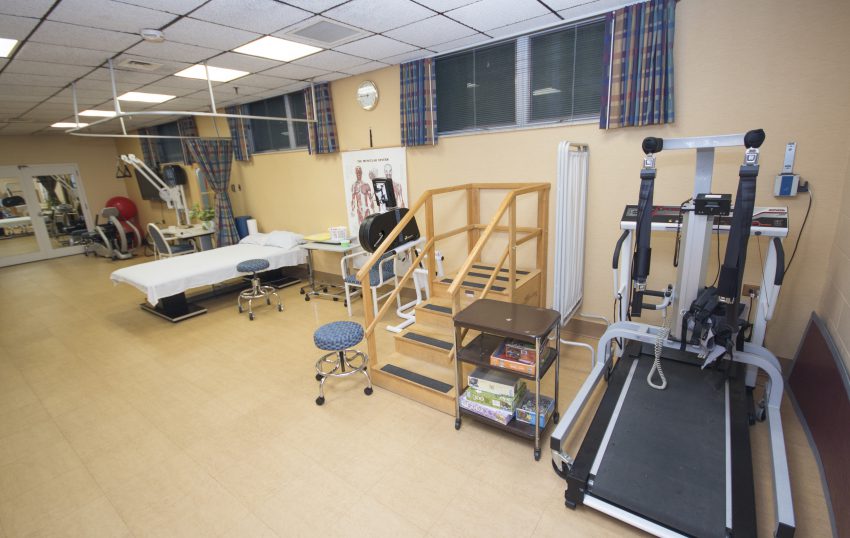Utilizing the Strength of Exercise to Alleviate Persistent Discomfort and Enhance Quality of Living
Utilizing the Strength of Exercise to Alleviate Persistent Discomfort and Enhance Quality of Living
Blog Article

Persistent discomfort affects millions of individuals worldwide and can substantially reduce the quality of living. It can result from various conditions, such as joint inflammation, fibromyalgia, or prior injuries. While medications and therapies are frequently employed to manage pain, a growing body of studies indicates that physical activity can play a vital role in relieving chronic pain. Engaging in consistent physical activity can not only assist lower pain intensity but also improve overall health and functionality. Comprehending how exercise impacts the physical state can enable individuals to assume control of their pain relief.
Physical activity has several bodily benefits that can aid alleviate chronic pain. When individuals participate in exercise activities, their systems produce endorphins, which are innate pain-killers. Additionally, exercise can boost blood flow and fortify muscles, providing superior support for articulations. For those with issues like arthritis, low-impact exercises such as aquatic exercises or biking can assist maintain joint mobility without putting excessive stress on the system. Consistent exercise also assists in preserving a fit weight, which can reduce the stress on weight-bearing joints and further alleviate pain.
In furthermore to its bodily benefits, exercise has a favorable impact on mental health. Chronic pain can often lead to feelings of anxiety and depression, which can worsen the perception of pain. Engaging in regular physical exercise can assist fight these emotions by enhancing self-esteem and elevating mood. Collective exercises, such as yoga or core strengthening, also provide communal interaction, which can improve emotional backing. This combination of physical and mental health benefits makes exercise an essential component of a holistic pain relief strategy.
It is crucial to tackle exercise with care, especially for those dealing with chronic pain. Starting slowly is crucial to avoid worsening symptoms. Patients should think about consulting healthcare professionals to develop a personalized exercise program that considers into consideration their specific conditions and limitations. Activities such as stretching, walking, or light yoga can be great initial points. Gradually increasing the intensity and length of sessions can assist build strength and endurance without causing undue stress on the body.
In summary, utilizing the benefits of exercise can significantly alleviate chronic pain and enhance standard of life. Consistent physical exercise not only helps to reduce pain through the release of endorphins and improved muscle strength but also supports mental health. By including exercise into regular routines, individuals can empower themselves in controlling their pain. A thoughtful and knowledgeable approach to exercise, guided by healthcare professionals, can bring to lasting benefits balance training in therapy in health and overall quality of life.